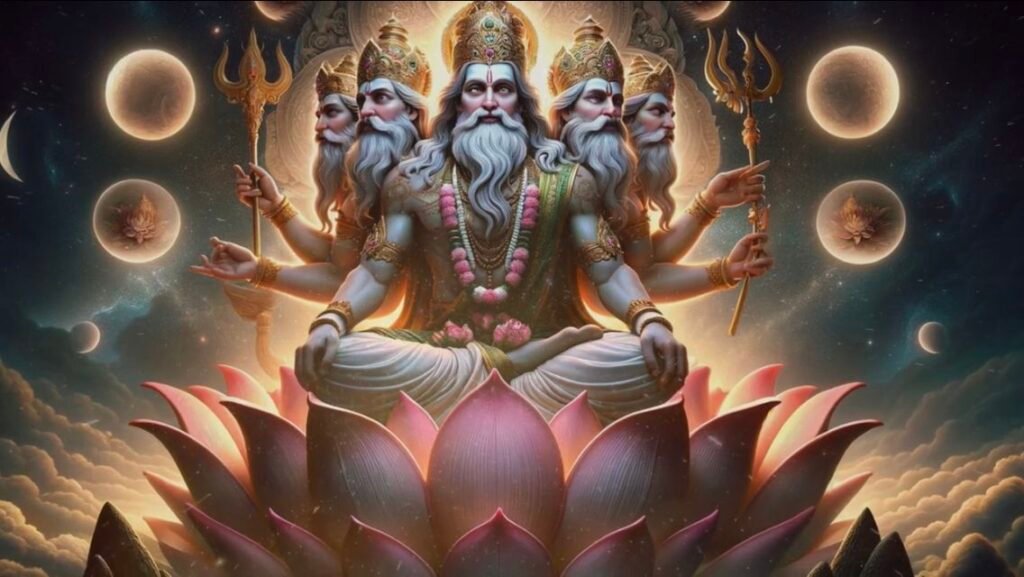Avirodha
Avirodha

The Avirodha Adhyaya, the second chapter of the Brahma Sutras, deals with resolving all apparent contradictions or conflicts that may arise in understanding the nature of Brahman and its relationship to the universe, as described in the Upanishads. The word Avirodha means “non-contradiction” or “absence of opposition.” After the first chapter (Samanvaya) establishes that all the Vedic texts consistently teach the knowledge of Brahman as the ultimate truth, this second chapter aims to defend that conclusion by answering objections from other philosophical systems and clarifying doubts that arise within Vedantic thought itself.
In ancient India, there were many schools of philosophy such as Sāṃkhya, Yoga, Nyāya, Vaiśeṣika, Mīmāṃsā, and the Buddhist and Jain traditions, each presenting their own theories about creation, matter, the soul, and the ultimate cause of existence. The Avirodha Adhyaya systematically examines these diverse viewpoints and demonstrates that they either contradict themselves or fail to explain the nature of reality fully. Sage Bādarāyaṇa establishes that only Brahman, as described in the Upanishads, can be logically accepted as the true and sufficient cause of the universe — both its material cause (from which the world arises) and its efficient cause (the conscious intelligence that creates and governs it).
This chapter emphasizes that Brahman is free from all defects and limitations, unlike the insentient material principles proposed by other systems such as Prakriti (in Sāṃkhya) or atoms (in Vaiśeṣika). Brahman, being pure consciousness, cannot be inert or dependent; rather, it is self-luminous and eternal, and all creation is merely its expression or manifestation. The apparent multiplicity in the world does not contradict the non-dual nature of Brahman — it arises due to Māyā, the power of illusion that projects names and forms upon the one reality.
The Avirodha Adhyaya is thus deeply philosophical and analytical. It shows that the Vedantic worldview does not oppose logic, reason, or experience; instead, it harmonizes them. By refuting false doctrines, this chapter clears away intellectual confusion and strengthens the seeker’s conviction that the knowledge of Brahman alone explains the origin, sustenance, and dissolution of the universe. It also teaches that the scriptural declarations of the Upanishads do not contradict each other or reason — instead, they complement reason and transcend its limitations, guiding the human intellect toward ultimate truth.
In essence, the Avirodha Adhyaya stands as the philosophical defense of Vedanta. It protects the doctrine of Samanvaya (harmony of the Vedas) from opposing interpretations, ensuring that the seeker’s understanding of Brahman remains pure, doubt-free, and logically sound. The chapter concludes that all contradictions vanish when viewed from the highest standpoint — the realization that Brahman alone is real, infinite, and self-consistent, and everything else is but its reflection through the veil of ignorance (avidyā)., transcends ignorance (avidya), and realizes their true identity as the eternal, infinite, blissful Self — the Brahman that is without beginning, without end, and beyond all duality.





















































